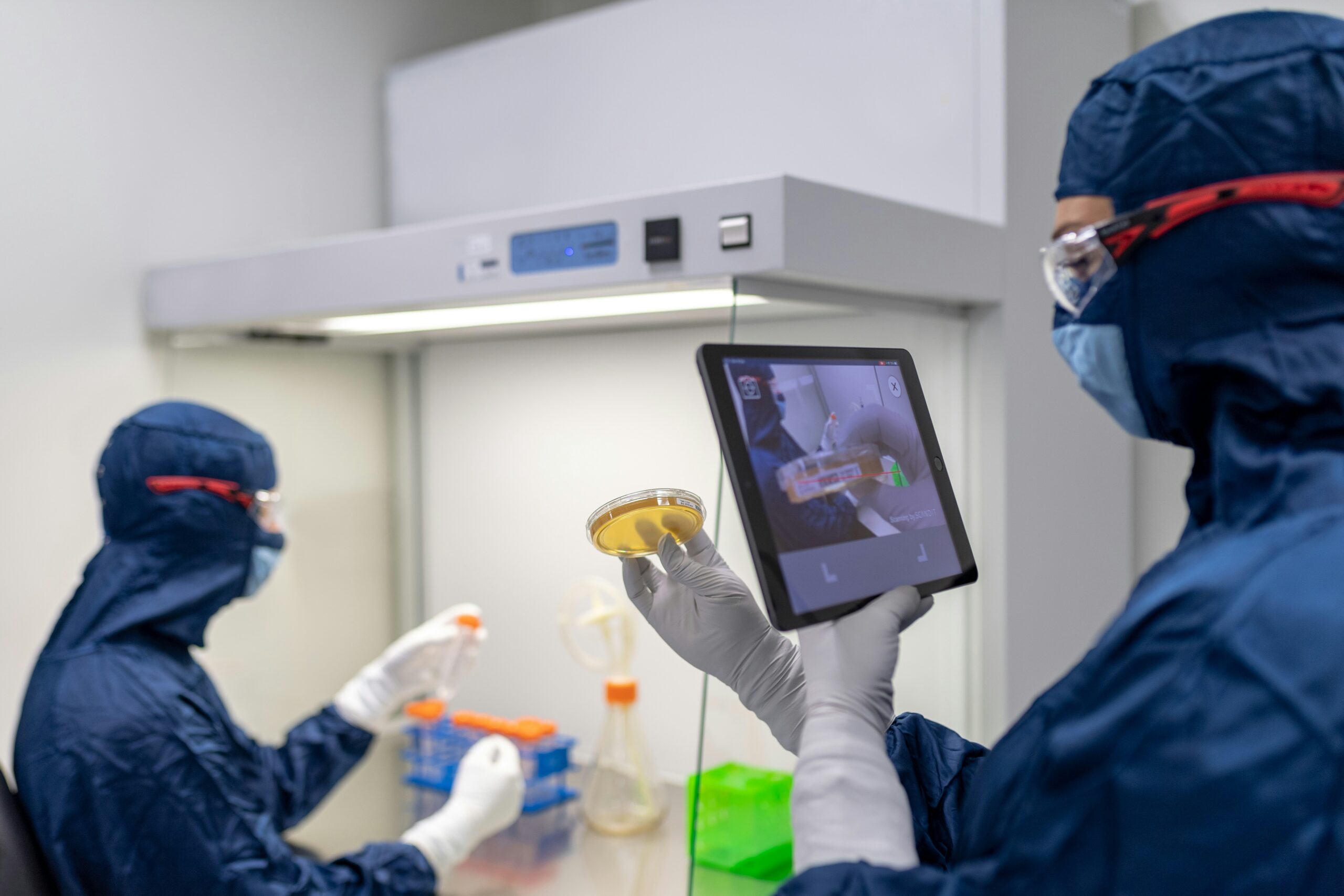
Modern surgical practice has evolved far beyond the image of a lone surgeon working in isolation. Today’s most groundbreaking medical advances emerge from collaborative efforts that bring together diverse expertise, perspectives, and resources. The complexity of contemporary surgical challenges demands a team-based approach that transcends traditional boundaries between specialties, institutions, and even continents.
Breaking Down Silos in Medical Research
The days when surgical innovation happened in departmental silos are quickly becoming a thing of the past. Today’s most successful research initiatives involve multidisciplinary teams that combine surgical expertise with insights from bioengineering, data science, psychology, and countless other fields. This cross-pollination of ideas creates fertile ground for breakthrough discoveries that no single specialist could achieve alone.
When surgeons collaborate with engineers, we see the development of revolutionary robotic systems and minimally invasive techniques. When they work alongside data scientists, predictive models emerge that can identify surgical risks before they become complications. These partnerships don’t just happen by accident – they require intentional effort to bridge communication gaps and align different professional cultures around shared goals.
Technology as a Catalyst for Collaboration
Digital platforms have transformed how surgical researchers share knowledge and collaborate across geographical boundaries. Cloud-based data sharing systems allow surgeons in different countries to contribute to the same research studies, dramatically expanding sample sizes and improving the validity of findings. Virtual reality training programs enable surgical techniques developed in one hospital to be instantly shared with colleagues worldwide.
The COVID-19 pandemic accelerated the adoption of these collaborative technologies out of necessity, but their benefits extend far beyond crisis response. Telemedicine consultations now allow specialist surgeons to guide procedures in remote locations. At the same time, AI-powered diagnostic tools benefit from the collective expertise of thousands of medical professionals who contribute to their training datasets.
Building Trust Through Transparent Processes
Effective surgical collaboration requires more than just good intentions – it demands transparent processes that build trust among team members. When researchers clearly define roles, share credit appropriately, and maintain open communication channels, they create an environment where innovative ideas can flourish. This transparency extends to data sharing, publication practices, and intellectual property agreements.
Trust-building also involves acknowledging the unique contributions that different team members bring to collaborative projects. A cardiovascular surgeon’s clinical insights are equally valuable to the research as a biostatistician’s analytical skills or a patient advocate’s perspective on quality of life outcomes. Successful collaborative teams recognize and celebrate this diversity of expertise rather than maintaining traditional hierarchies that might stifle innovation.
Patient-Centered Outcomes Through Team Science
The ultimate goal of surgical research collaboration isn’t just to advance scientific knowledge – it’s to improve patient outcomes. When diverse teams work together, they’re more likely to consider the full spectrum of factors that affect surgical success, from technical precision to post-operative recovery and long-term quality of life. This holistic approach leads to innovations that truly serve patients’ needs.
Collaborative research teams that include patient representatives often identify research questions that purely academic teams might overlook. Patients can provide insights into which surgical innovations would make the most significant difference in their daily lives, helping researchers prioritize their efforts toward developments that will have meaningful real-world impact.
Overcoming Challenges in Collaborative Research
Despite its many benefits, surgical research collaboration isn’t without challenges. Coordinating schedules across different institutions and time zones can be logistically complex. Differences in research protocols, ethical approval processes, and data privacy regulations can create barriers to seamless collaboration. Competition for funding and recognition can sometimes undermine the spirit of cooperation that effective teamwork requires.
Successful collaborative teams develop strategies to address these challenges proactively. They establish clear communication protocols, invest time in relationship-building activities, and create formal agreements that protect everyone’s interests while advancing shared goals. They also recognize that building effective collaborative relationships takes time and sustained effort – it’s not something that happens overnight.
The Future of Surgical Innovation
Looking ahead, the most exciting developments in surgical research will likely emerge from increasingly sophisticated collaborative networks. Artificial intelligence systems trained on data from thousands of surgeons worldwide will provide real-time guidance during complex procedures. Global research consortia will tackle challenges like cancer treatment and organ transplantation with unprecedented scale and coordination.
The next generation of surgeons is growing up in an inherently collaborative environment, comfortable with digital tools and global networks in ways that previous generations might not have been. These emerging leaders will likely push collaborative surgical research in directions we can’t yet imagine, breaking down barriers and building bridges in pursuit of better patient care.
As surgical research continues to evolve, one thing remains clear: the challenges we face are too complex and the opportunities too vast for any individual or institution to tackle alone. The future belongs to those who can build effective collaborative partnerships while maintaining the highest standards of scientific rigor and patient care. Through thoughtful collaboration, the surgical community can continue pushing the boundaries of what’s possible in modern medicine.